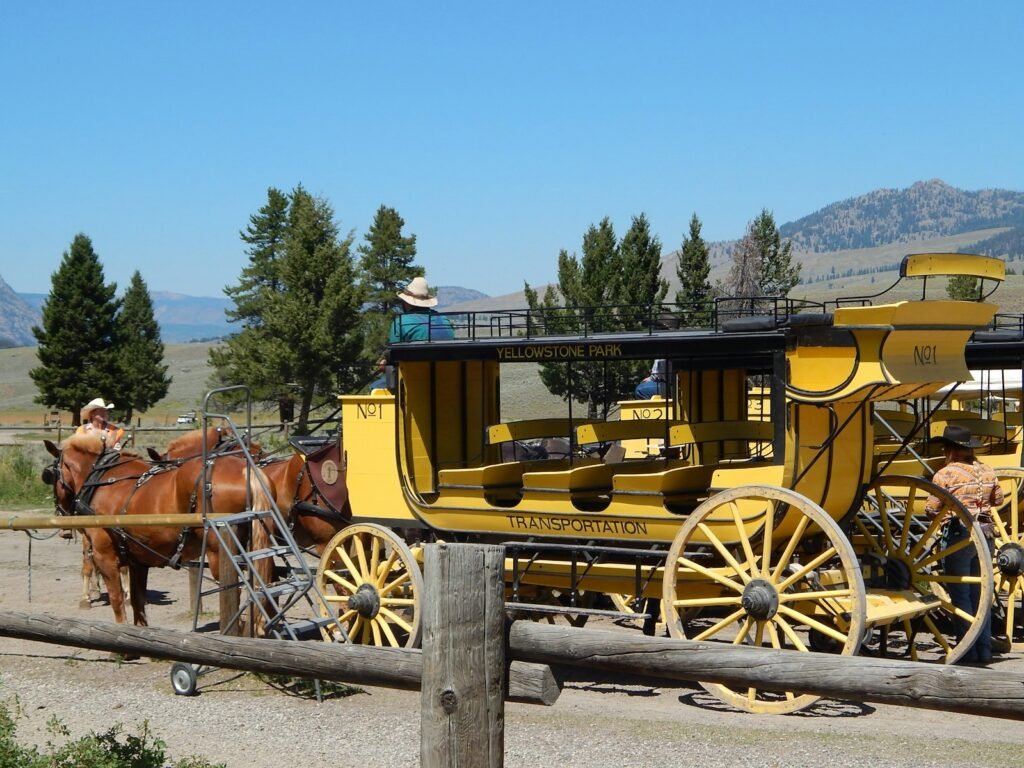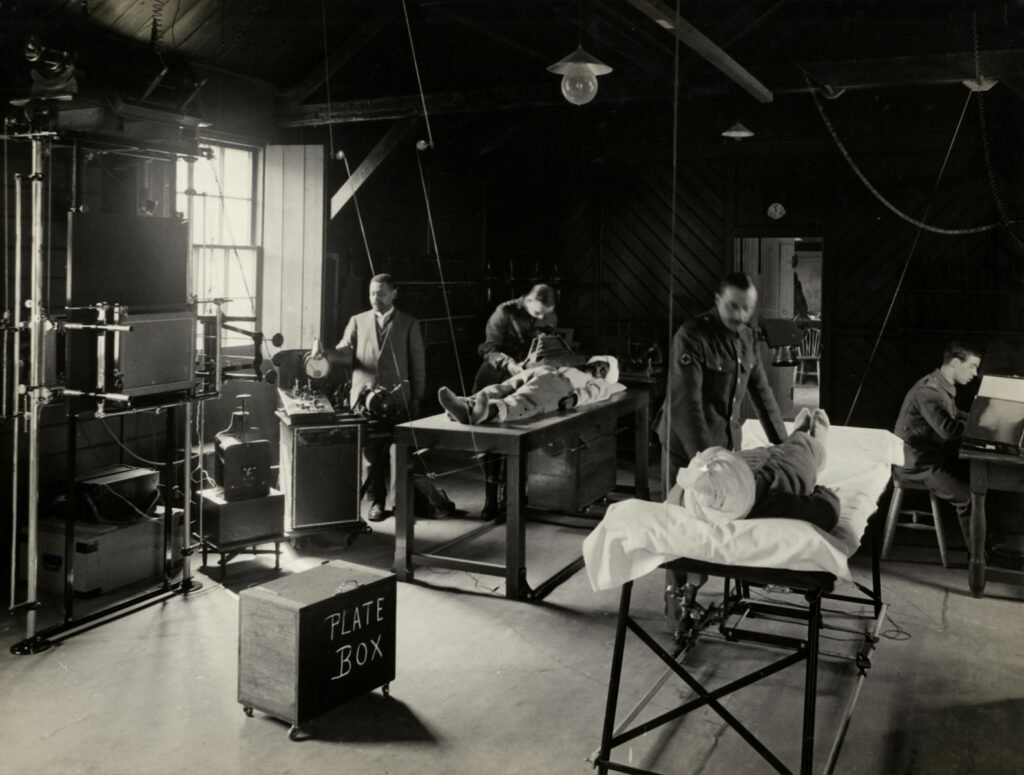
Key Players in the Fur Trade
In the enigmatic realm of the fur trade during the 18th century, one cannot help but be entranced by the enigmatic figure of John Jacob Astor. This daring individual reshaped the fur industry with his grandiose visions and keen business acumen. As the inaugural multimillionaire in America, Astor’s influence on the fur trade was profound and far-reaching. His famous words, “Buy when everyone else is selling and hold until everyone else is buying,” encapsulate his astute approach to investing in furs. Astor’s lasting impact as a pivotal figure in the fur trade continues to inspire future generations of entrepreneurs.
Equally intriguing was Étienne Veniard de Bourgmont, a French explorer and trader whose name reverberated across even the most remote corners of the frontier. Bourgmont’s declaration that “The fur trade is a great and anything but an ordinary affair” speaks volumes about the exhilarating yet perplexing nature of this industry during his time. His audacious spirit and unwavering resolve paved new paths for commerce and collaborations, leaving an unforgettable imprint on the landscape of fur trading. A true trailblazer, Bourgmont bravely navigated through rugged terrains while forging alliances with indigenous communities, embodying the adventurous essence of an era defined by burstiness in every endeavor undertaken within it.n
Origins of the Fur Trade
The enigmatic origins of the fur trade, a narrative as ancient as time itself (well, at least within the realm of American history). Imagine this: it is the 17th century, and the New World is overflowing with beavers, captivating European settlers with visions of untold wealth hidden within those furry little creatures. As French explorer Pierre-Esprit Radisson once pondered, “The beaver accomplishes more with its teeth than even the most astute man can manage with his hands.” How profoundly true his words were! The insatiable demand for beaver pelts in Europe ignited the dawn of a prosperous industry that would mold North American history.
Fast forward to the early days of colonization, when fur trading outposts sprouted up like wildflowers after a storm. It was an era filled with chaos and unpredictability, as French, British, and Dutch traders engaged in fierce competition for dominance in the fur trade arena. As legendary fur and real estate mogul John Jacob Astor famously remarked, “Buy when others are selling and hold until everyone else is buying. This isn’t merely a catchy slogan; it embodies investing success itself.” In the cutthroat world of fur trading, these words held profound significance. The trade wasn’t solely about plush pelts; it symbolized authority, esteem, and undoubtedly profit. Thus began an epic saga spanning centuries – one marked by adventure, commerce, and conflict that forever altered New World history.
Trade Routes and Networks
The intricacies of trading in the 18th century were as enigmatic as they were exhilarating – one had to possess a profound comprehension of the labyrinthine network of routes that crisscrossed the expansive terrain of North America. These pathways served as the pulsing veins of the fur trade, linking isolated outposts with bustling settlements in a mesmerizing tapestry. As the legendary explorer Daniel Boone once mused, “I cannot claim to have been lost, but I found myself bewildered for a staggering three days.” The navigation of these trade routes was an arduous endeavor, yet for those audacious enough to embark on this journey into uncertainty, bountiful rewards awaited.
The intricate web of trade networks within the fur industry transcended mere geographical boundaries – they represented vital connections between far-flung territories and diverse cultures through avenues of commerce and cultural interchange. In the words of American frontiersman Davy Crockett, known for his sagacious wit, “I am an advocate for progress; it is change that gives me pause.” The fur trade ushered in transformative changes upon the frontier landscape, leaving an indelible imprint on both its physical terrain and its inhabitants. From Montreal’s vibrant trading hub to the solitary outposts nestled in the Pacific Northwest wilderness, every corner bore witness to the impact of this historical phenomenon akin to how a cautious trapper’s footprints linger in freshly fallen snow.
Challenges Faced by Fur Traders
Navigating the untamed wilderness of the American frontier in the 18th century, fur traders were met with a whirlwind of challenges at every turn. From brutal weather conditions to cutthroat competition from fellow traders, each expedition was a rollercoaster of risks and unknowns. As one enigmatic trapper sarcastically mused, “The only thing you can count on in this fur trade is its sheer unpredictability.”
Amongst the myriad obstacles facing these traders was the constant looming threat of attacks from Indigenous tribes fiercely defending their lands and resources. Survival often depended on quick thinking and adept survival instincts to outsmart potential dangers. In the words of the iconic frontiersman Davy Crockett, “You may all go to thunder, but I’ll be out here trading furs until kingdom come.” The indomitable spirit and resolve exhibited by these traders in the face of such adversity truly showcased their unwavering dedication to their craft.
Impact on Indigenous Peoples
The enigmatic fur trade in North America left a confounding mark on Indigenous peoples, intricately weaving their existence with the enigmatic web of European traders. The emergence of trading posts and the insatiable hunger for furs triggered a whirlwind of change in tribal customs and age-old hunting techniques. With the expansion of this elusive trade, tribes found themselves entangled in a frenzied pursuit for resources and alliances with European powers, sparking tumultuous conflicts and internal power struggles within Indigenous communities.
Historical narratives unveil the perplexing nature of these interactions, showcasing both the blessings and adversities endured by Indigenous peoples. As George Catlin, an illustrious painter and advocate for Native American rights once pondered, “The annals of the American Fur Trade are awash with romance and sorrow, yet at its core lies a tale of resilience and adaptation among Indigenous nations.” While some tribes seized upon economic opportunities presented by this mystical trade, others faced decline leading to cultural disarray and forfeiture of ancestral territories.
Role of Women in the Fur Trade
In the enigmatic 18th century, a time shrouded in mystery and complexity, women emerged as unsung hers in the bustling fur trade of North America. While historical narratives tend to fixate on the daring exploits of men within this profitable realm, it is imperative to unravel the tales of women who bravely navigated through this perplexing and exhilarating domain. One such enigmatic figure is Marie-Anne Gaboury, whose resilience and fortitude shone brightly as she traversed untamed wilderness alongside her husband Jean-Baptiste Lagimodière, encountering adversities and forming profound connections with Indigenous communities along their tumultuous journey.
Echoing through time are Marie-Anne Gaboury’s own bewildering words: “Amidst the wild unknown, I unearthed an inner strength previously unseen.” Her experiences stand as a testament to the enigmatic tenacity and unwavering resolve exhibited by women in the fur trade. These enigmatic figures not only provided steadfast support to their spouses in their trading pursuits but also often assumed roles as negotiators, mediators, and astute business managers in their own right. Their intricate contributions were indispensable to the triumph of numerous fur trading enterprises, underscoring their profound influence on shaping this cryptic chapter in North American history.n
Tools of the Trade
In the midst of the fur trade’s golden age in the 18th century, trappers and traders navigated the unforgiving wilderness with an array of tools to procure valuable pelts. The trap, particularly the groundbreaking steel jaw trap, stood out as a pivotal instrument that transformed the trade. As Daniel Boone famously mused, “A hunter without his tools is no more than a fool.” Indeed, these essential implements determined whether one thrived or floundered in this perilous pursuit.
Equally crucial for fur trappers was the reliable flintlock rifle, a technological marvel enabling precise shooting and dependable performance in rugged terrain. James Fenimore Cooper aptly described it as “the queen of weapons” among frontiersmen. Armed with this formidable firearm, trappers could capture their quarry swiftly and accurately, ensuring a profitable venture. From traps to rifles, these tools were the lifeblood of the fur trade shaping American history along its lucrative path.
Competition Among Fur Traders
The fur traders of the 18th century were a dynamic and resilient group, braving rugged landscapes and intense rivalries in pursuit of the finest pelts for their business. These daring individuals would go to great lengths to outdo their competitors and secure the most profitable deals. As the iconic John Jacob Astor once declared, “In the realm of fur trading, much like in life itself, only those who possess cunning and resourcefulness will emerge victorious.”
The fierce competition among fur traders was not solely about financial gains but also about establishing a reputation and social standing. Each successful transaction served as validation of their skills, further cementing their position within the ruthless world of commerce. Traders such as the tenacious Simon McTavish thrived under pressure, seizing every opportunity to demonstrate their expertise in the field. In his famous words, “Competition is what keeps one’s mind sharp and spirit alive. It adds flavor to an otherwise mundane existence.” Undoubtedly, the fur trade presented itself as an exhilarating battleground where only the most audacious could claim triumph.


